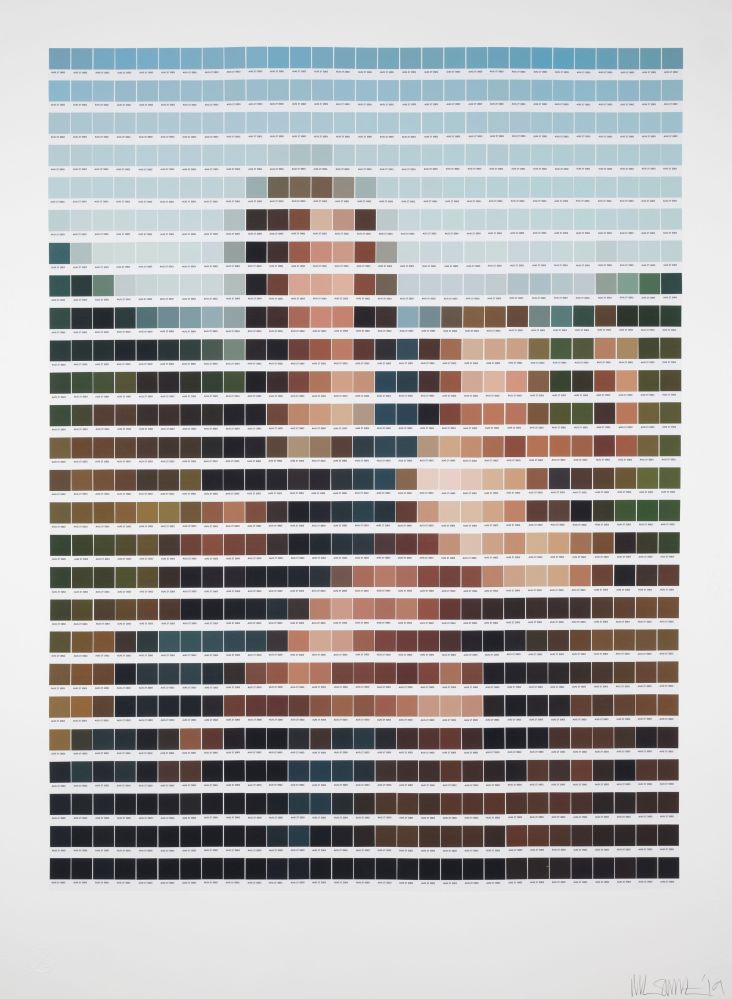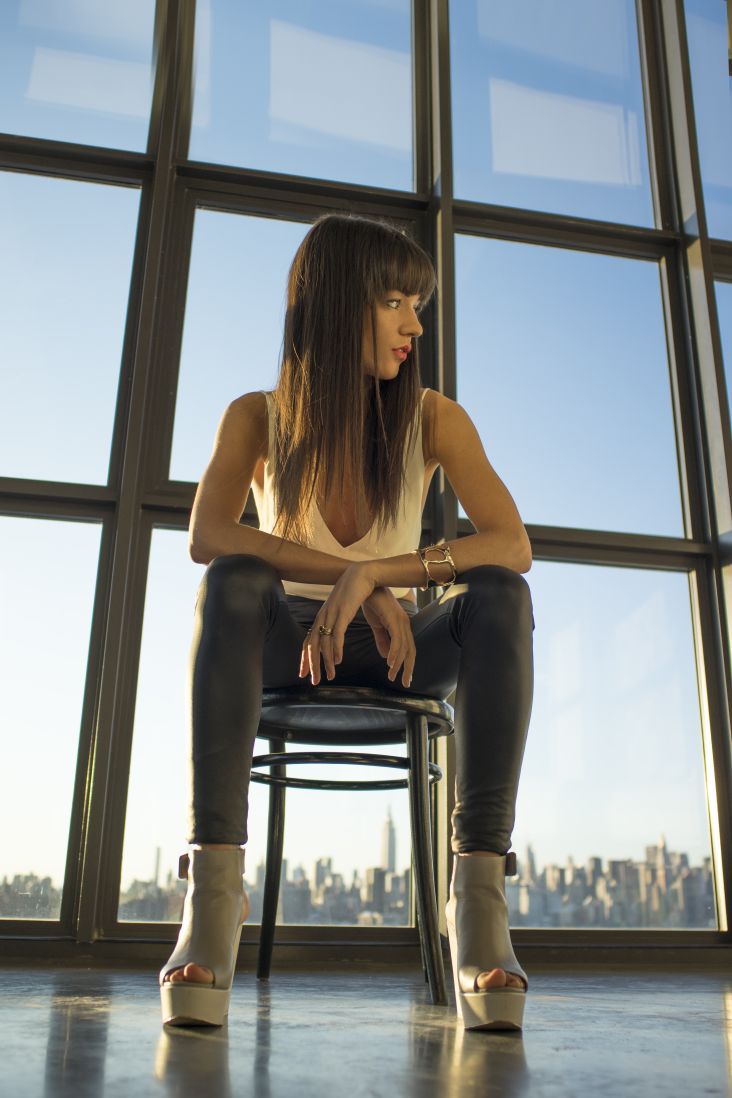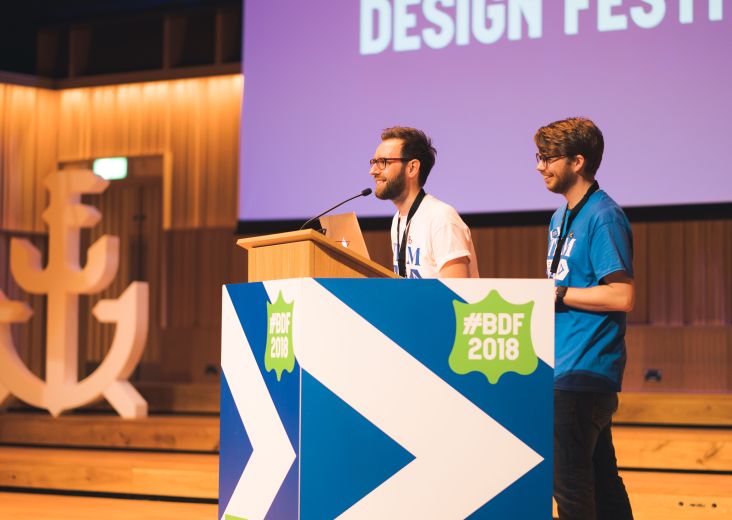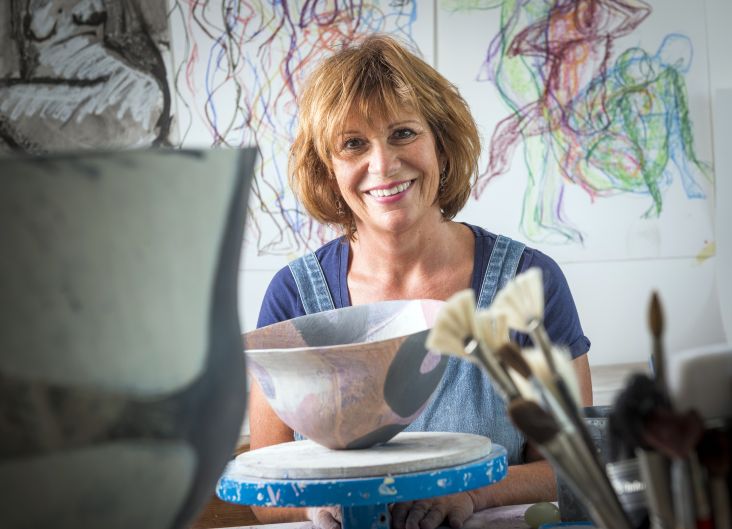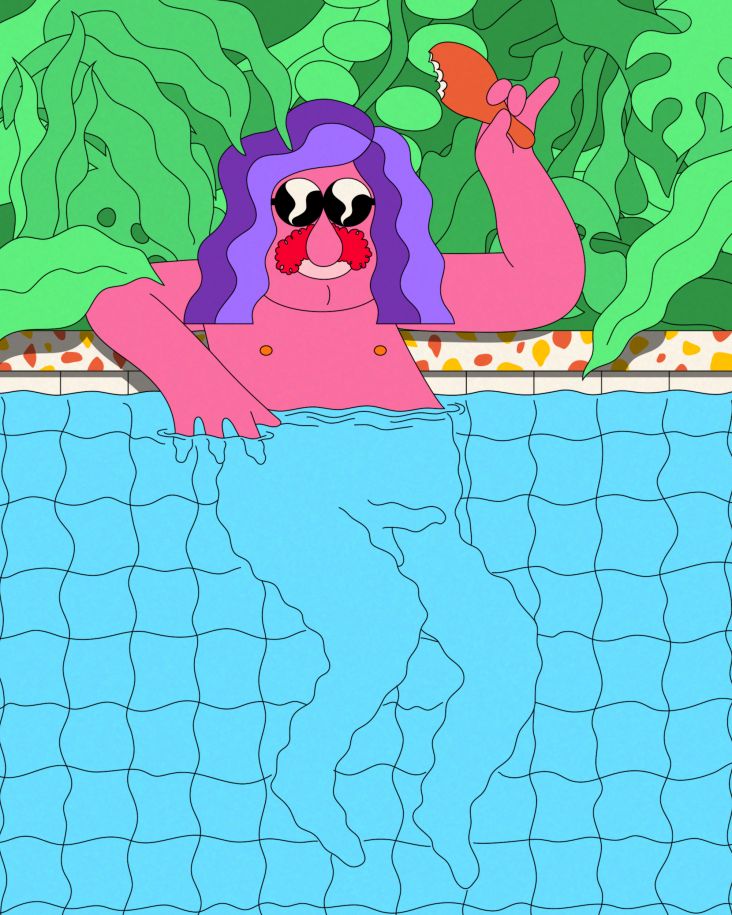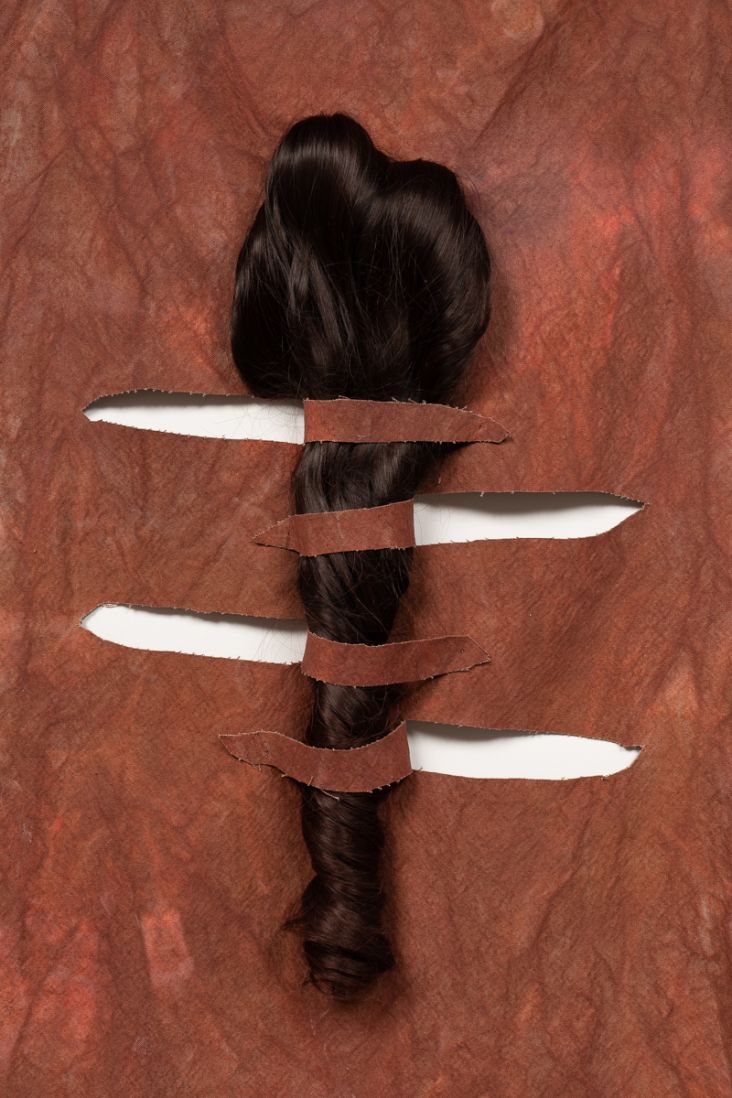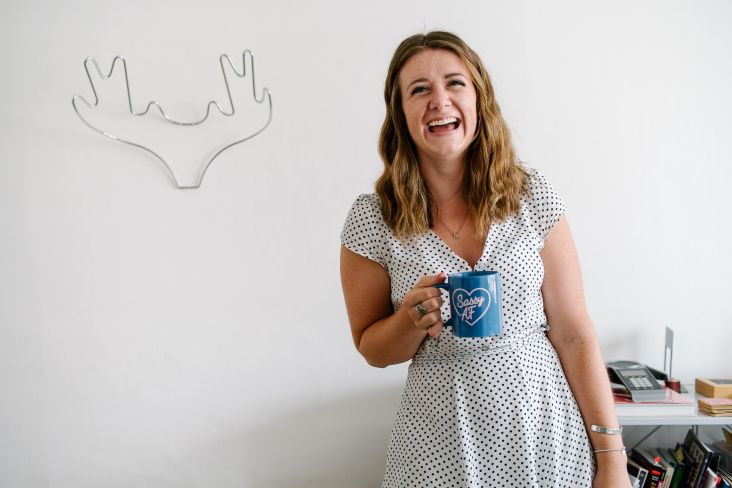Radim Malinic on reinventing himself, keeping his studio small and finding ways to stand out from the crowd
Radim Malinic is an award-winning creative director, graphic designer, speaker and author based in London. He's also the person behind Brand Nu, a multidisciplinary studio that aims to offer a unique approach to branding, graphic design, packaging, illustration, typography and user experience.
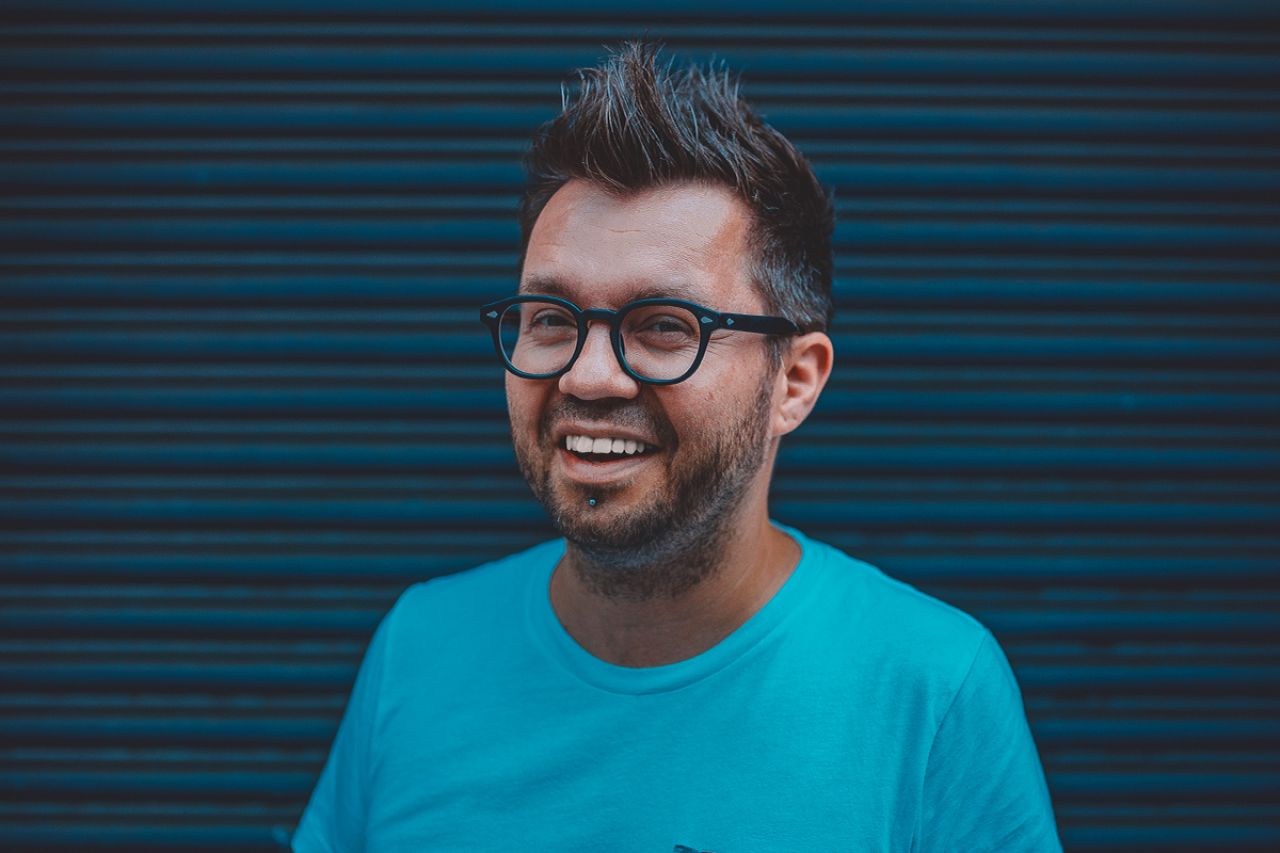
Before finding his calling in the creative industries, Czech-born Malinic was an ice hockey player, a bassist in death metal bands, an indie DJ, music journalist and student of Economics and Business management.
At the break of the new millennium, Malinic moved to the UK to explore the expansive music scene, only to find even greater interest in art and graphic design. Since then his eclectic interests have seen him working with some of the biggest brands, companies and bands in the world. Clients include Harry Potter, London Film Museum, SyCo, Sprite, WWF and USAID among many others.
Aside from his studio work, Radim designs products for his brand, November Universe. He also releases music and tours globally with his talk designed to inspire and support self-development.
And in March 2016, Malinic released his latest publication, Book of Ideas – an Amazon bestseller that has helped people across the world to find a new way of approaching their creative work. A follow-up, Book of Ideas Vol.2, was released last September.
We met Radim for a coffee to discuss his career so far and what he has planned next.
What was it about design that attracted you to it as a career?
At first, my first passion for creativity was in music, not art or design. I was lucky to grow up in the household with lots of vinyl records that introduced me to a diverse range of music genres from a very young age.
When I started playing in bands, I was always the one who had to make our posters or tape covers and booklets. It was all very hands-on process, simple cut and paste stuff with the help of photocopiers to print stuff out.
For a very long time, I didn't think much of those creative explorations as everyone around me was either musician or artist, and I followed suit. In my early twenties, I moved from the Czech Republic to England and this is where everything clicked to me.
I moved here to pursue a career in music but I ended up being drawn towards the art, design and visual culture. I was attracted by the possibilities and encouraged by my surroundings. Ever since I never regretted my decision.
What do you love most about what you do?
To me, repetition is a killer of joy. I lose interest very quickly if I face the prospect of lack of progress or evolution. To have a career in the creative industries and being able to make something out of nothing, I feel it's one of the best privileges we can get in our lifetime. No two days the same – no two projects are the same.
Luckily, half of my work is with long term clients/collaborators who are in sync with the idea of pushing the envelope further every time. The other half of the workload comes from new clients who approach Brand Nu for new project commissions. I can hardly ever predict who or what type of business they might be running or starting. And that unknown is very exciting. It keeps me on my toes. We start afresh, every time.
How do you describe what you do to family and friends?
To explain the "what" can get a bit longwinded. Especially when you consider how much people like to generalise professions. If someone works in finance, we tend to jump to a quick assumption that they are trading shares or selling insurance, or just work in a bank. Yet they are most likely to do something completely different in the sector.
Say that you are a "designer" and you get their own first interpretation of what 'designer' stands for. You get 'fashion' or 'interior' or any other design variety. Thankfully, I now have a couple of books showcasing a myriad of my work and that helps give people a quick snapshot of what I do.
On the other hand, when someone asks about the "why", that tends to be much quicker and easier to answer. I believe every one of us can change the world in some way by applying and pushing ourselves and not accepting the mediocrity that's so easily available.
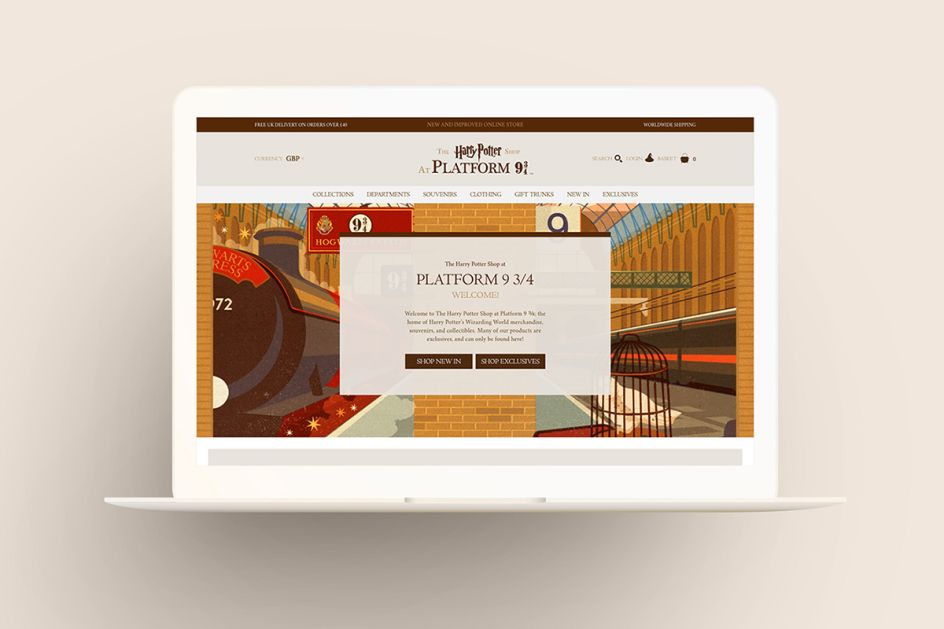
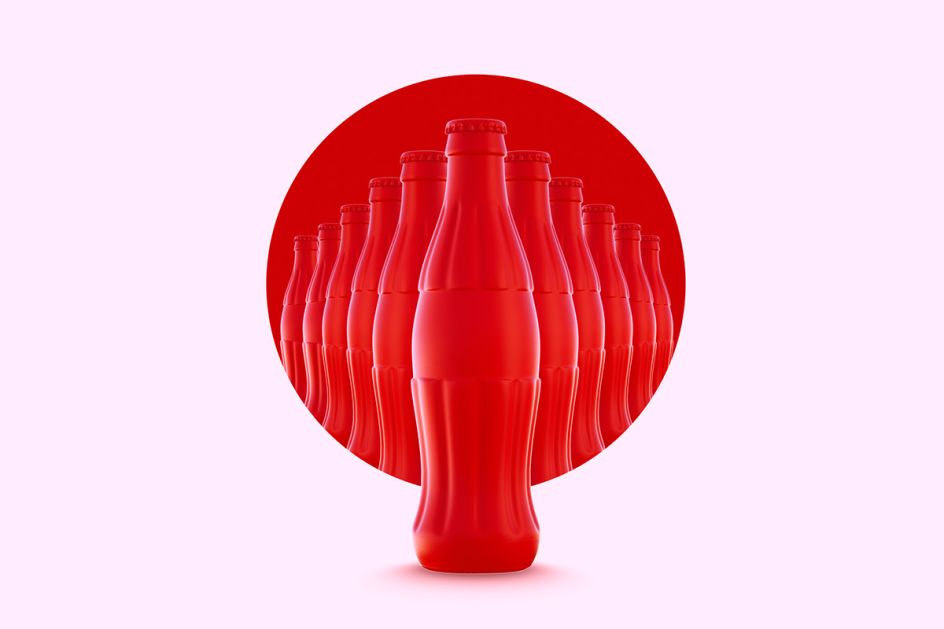
Like anyone, you've had highs and lows of starting your own studio. What have been the biggest challenges?
This is my second go at making it happen and luckily it's working but I messed up my first try – big time. I left a full-time job to set up my own business and I didn't have a clue what I stood for. I had no clients, no website, no philosophy of what I was able to add.
Then, I was proud of myself for having a gung-ho attitude and no plan, but it was simply my silly naivety thinking that I could pull it off. I had a computer with software that came from a questionable source, obviously, and no amount of my positive energy and ambition could make it happen then.
The odds were stacked against me. I wasn't ready. When my overdraft ran out of credit, I went back to full-time employment and started slowly piecing together the missing information.
A few years later, when I gave it a second try, I was far better prepared. I knew what type of work I wanted to make, I knew where my heart was, I knew where I could get the work from. Then, for many years I worked crazy hours to ensure I never had to go back into full-time employment ever again.
As creatives/designers, we are never finished with what we do. The biggest challenge is to keep the focus on what you're making right now, whilst making plans for the future to keep things fresh and exciting.
Is it true that Brand Nu was originally supposed to be a club night?
At the very beginning of my freelance career, I did a lot of work with clubs and music promoters whilst propping up my not-so-successful design career with a few DJ gigs every week.
At one point, my music career looked rosier than the creative side and I was going to take a further leap into putting on my own club nights. My plan was to name it Brand Nu but a friend of mine told me that no one would come with that name.
But soon enough, when the scales tipped to other side and my design work started taking off, Brand Nu seemed like a fun name for my creative business and the domain was still available, too.
It can be quite hard to have a non-English birth name in the English speaking world. Using Brand Nu helped to avoid any prejudice at the beginning. Then, it really took me the best part of a decade to grow into the studio name as we now create new brands, products and services.
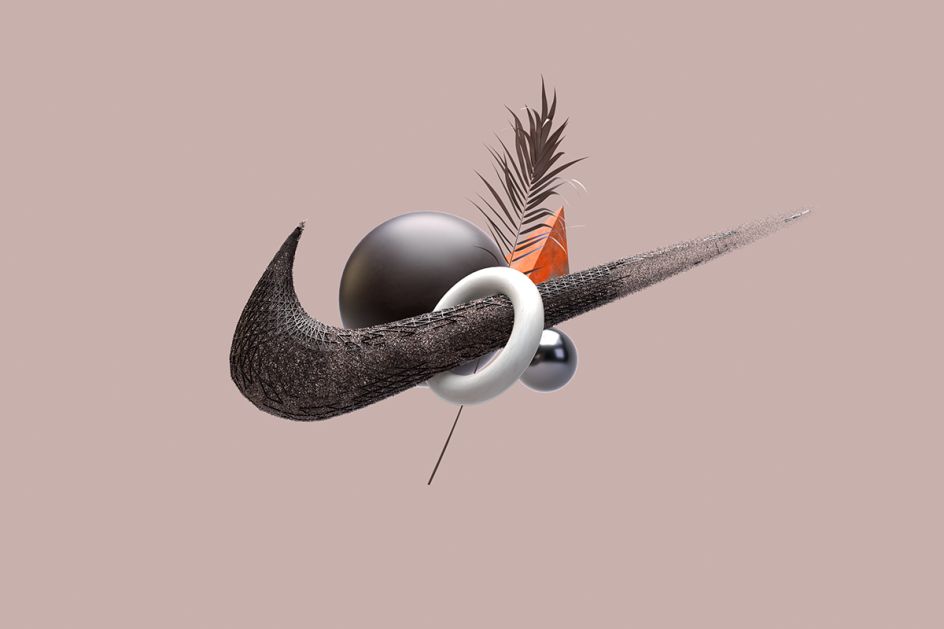
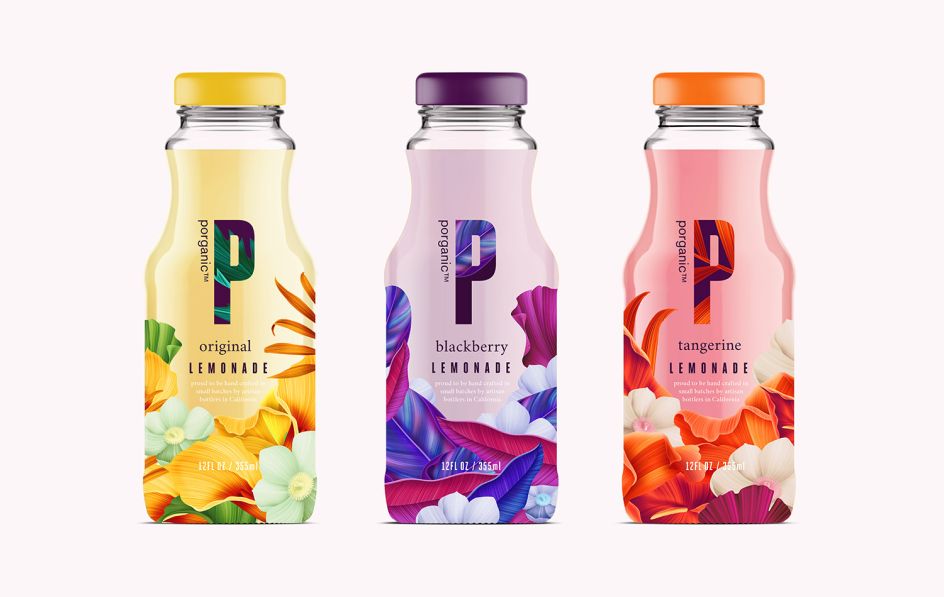
Do you think you'll ever grow Brand Nu? Take on staff?
Right now, I'm at those crossroads. I'm aiming to take Brand Nu into the next phase and the growth and hiring look inevitable.
However, I am not looking into the traditional model just yet. I prefer to build an agency as a partnership rather than the top-down traditional model. I also like that the majority of my team are based around the world. Although the multiculturalism isn't a problem in London, I love the injection of different thinking and ideas from elsewhere.
What do you have that an agency doesn't?
Everyone has the same tools available to them. It’s about the way how these are deployed throughout the creative process.
For that, we strive to make our work as inclusive as possible. The client’s ears prick up when I say "collaboration" what is meant to happen with the work. It almost feels like a moment of revealing some sort of secret forbidden formula that’s normally disallowed from creative work in bigger agency set up.
To me, a small and nimble team is an advantage. Here we don’t have account directors or handlers, nor new business salespeople. Those who speak to the client are the same who create the work. We get to deal directly with the decision makers rather being at the mercy of someone who makes decisions based on a spreadsheet.
We can afford to punch above our weight creatively and aim to smash the expectations, every single time. Our clients become happy friends.
So you think small is better? Do you think the agency model is broken?
The agency model is still in place so there’s must be some life in it to still exist. However, when you zoom in to really see how well people function within the system and you find out all sorts of sad realities and ugly truths.
I always refer to a survey from Creative Review where only 55% of people in the industry are actually "happy" being there. The other 45% is either ‘unhappy’ or "indifferent".
That’s not a great statistic for the industry that comes across as the walking adverts for the "do what you love" slogan. It can’t be easy to tick all the boxes where you run a successful agency; be profitable, put staff wellbeing at heart, ensure creative development, keep getting work that makes people excited – all of that feels like an impossible mix that only a few outfits accomplish.
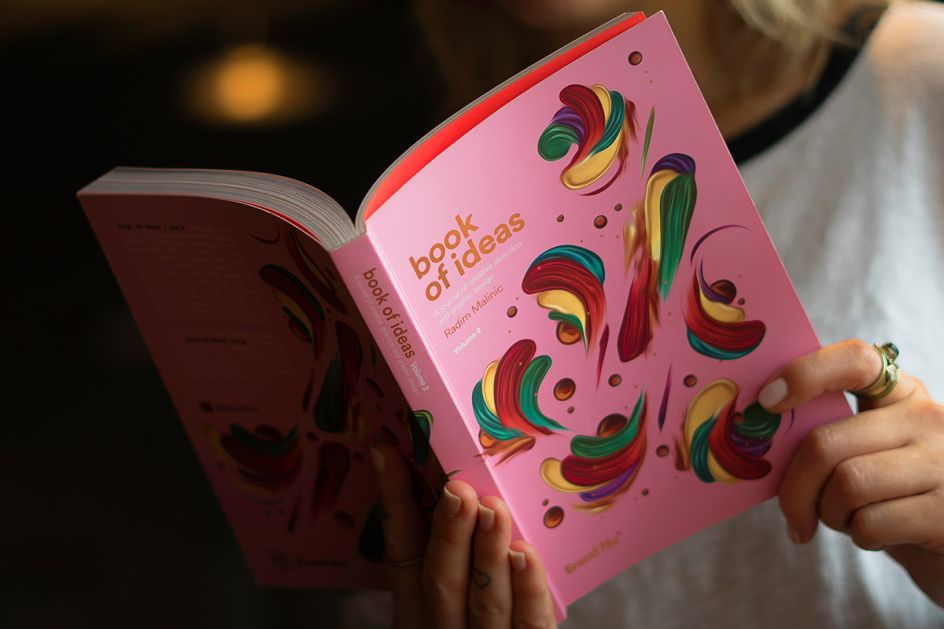
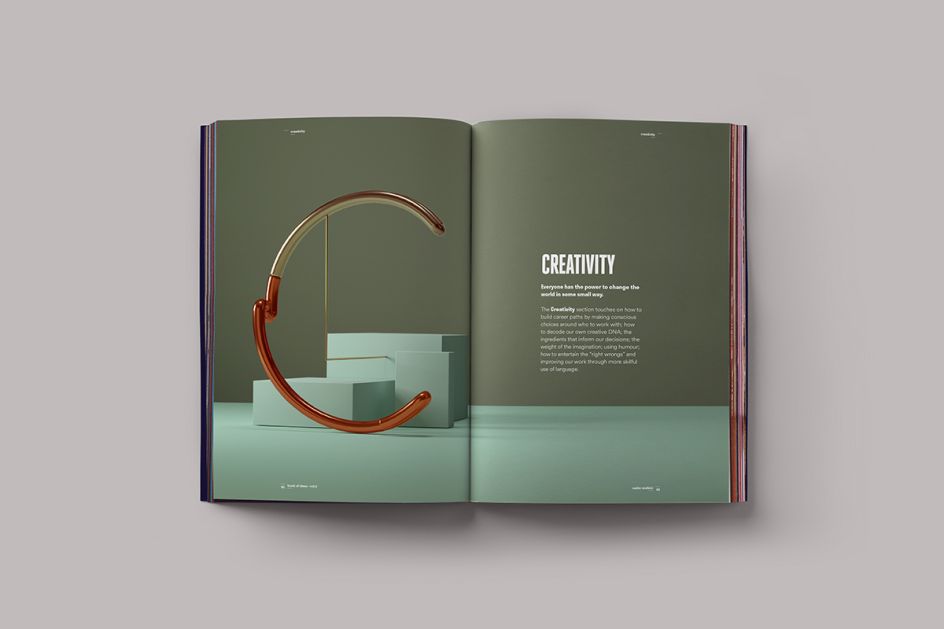
Your first book, The Book of Ideas, how did that come about?
When I went freelance in the mid-2000s, people put quite a lot of emphasis on making sure they had a great online presence. I'm sure many will remember the elaborate flash loading intros and 'double flash' websites that many studios had at that time.
I had a basic website with good SEO and put my efforts into making printed promos that I mailed to anyone and everyone. Art directors, mag editors, music managers – the list goes on.
It was also because I found myself way too many times on a conference call trying to navigate an art buyer through my website to find the image I wanted them to see. It's much easier to quote the page number in a book.
This was my way of marketing to get my work seen by people out there – and it worked! Gradually, I wanted to include more thoughts and insights into my creative process and the idea of a full-length book project came to mind – Book of Ideas Vol.1.
I spent about four years, making notes and planning. After a few failed starts, the book became a reality. I then decided to set up my own publishing company because I didn't want to hang about hoping I might get a publishing deal.
In the end, I had the book out in three months from start to finish. It was a crazy process but I made it happen. Volume One has sold over 15,000 copies so far. It blows my mind, every day!
Why the second? What do you hope people will get from it?
I can honestly say that just after I finished the first book, I swore that I'd never do it again. Just like a musician can't really listen to the album they've just finished, I had a very similar feeling.
Then six months went past and I listened to the readers' feedback and thoughts, with questions to make the follow-up. I had quite a few leftover original text sketches that started the writing process again. Also, unlike the first time, I was testing the new content via speaking events and keynotes for almost a year. It gave me a good idea of what I was planning to bring to the world that could be of value to my readers.
These books aren't 'design manuals', they aim to have a conversation with the reader sharing the findings of what I have encountered on my journey. The latest book goes deeper, looking for the reason why we create, how to stay in better mental shape and how to find the right tools to helps us enjoy what we do.
Statistically, nearly half of people in the creative industries are either unhappy or indifferent with their role. This can't be due to 'creative blocks' but more it's in the way how the industry is set up. There are many ways we can make small changes to look after ourselves and our careers.
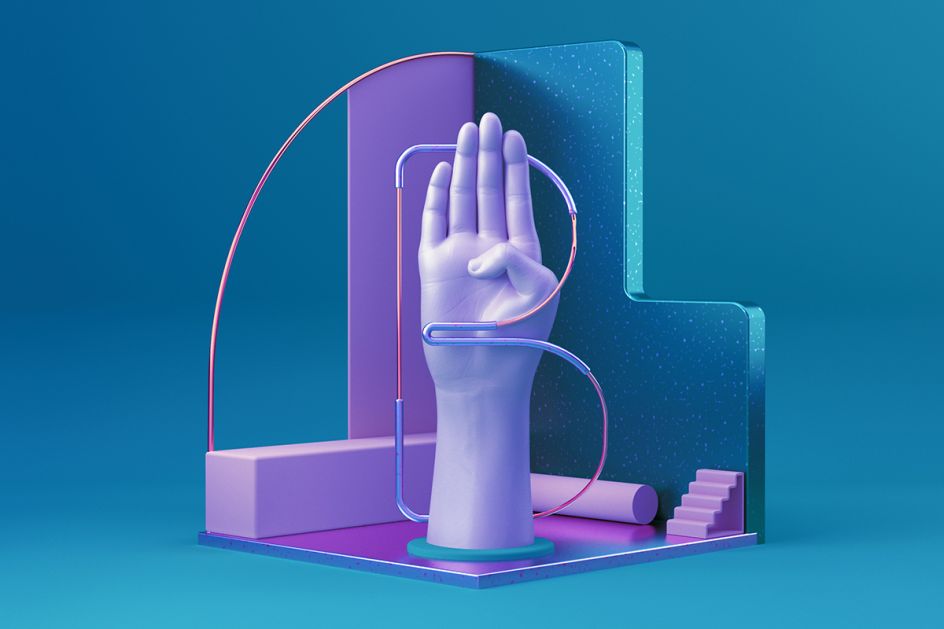
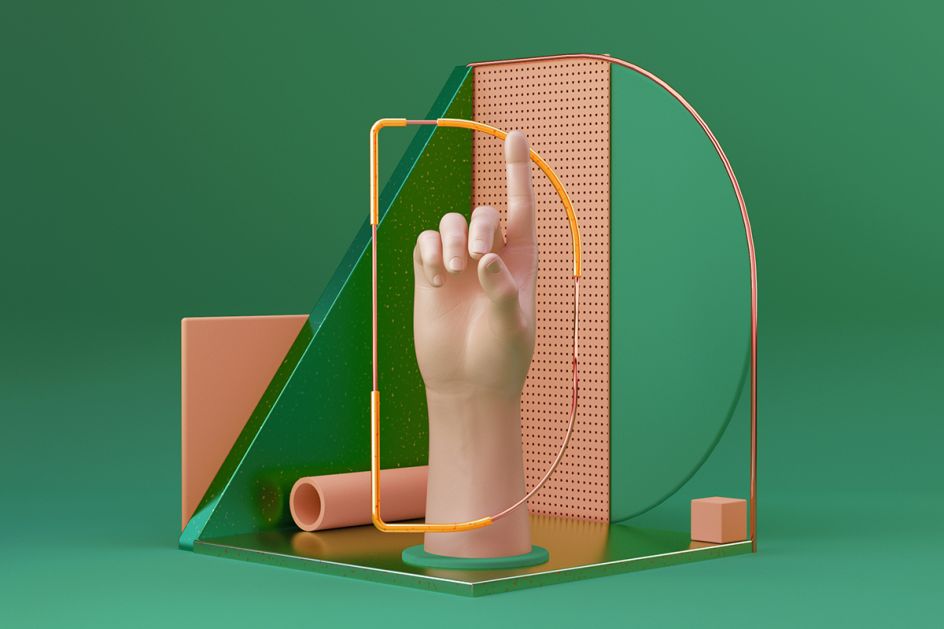
After being in graphic design for some time, how do you keep things fresh and interesting?
The world around us doesn't stand still and it's our own choice to decide which part of it we would like to be part of. We can exercise our creativity in many different ways and for many reasons that benefit us and others.
I believe we live in fantastically lucky times where we can turn the course of our lives when we feel that it might be necessary. I feel I've benefited from being able to follow my interest, inspiration and impulses to 'reinvent' my career on a number of occasions over the last 15 years.
Can you give us some examples of recent projects that have been super satisfying?
There are a few too many past projects to choose from, but we're currently in the process of creating a project for the '36 Days of Type' with ASL theme. We have combined the sign language with typography to encourage everyone to learn the basics of ASL.
Before this project, I had very little knowledge of how much sign language differs between countries. We decided to create a spelling set for the American Sign Language that has around half a million native speakers. There are further plans to take the project beyond the screen and turn it in an educational tool, as well.
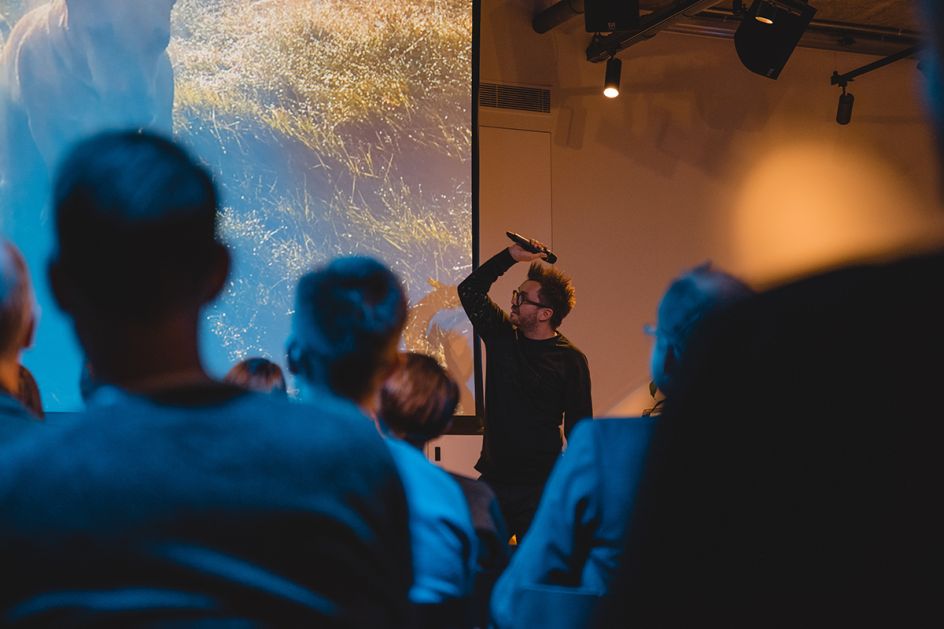
What advice can you share with others who are thinking of a career in graphic design?
Creativity isn't meant to be easy. We would lose interest far too quickly if we could just press a few buttons on our keyboard and get results that way. But sometimes, creativity can seem impossible and it's the hard work and conviction that makes the impossible a reality.
We can get so easily preoccupied with the pre-emptive thoughts of what others might think of our work, whether it's going to be celebrated or accepted by our peers. We get the creative block because we lose focus on what we're making and who we are making it for.
If you're stuck as a designer, you're most likely in the 'cul-de-sac of your own aesthetic interest' rather than looking for answers to questions that were given to you.
Our creativity should be selfless. When we worry about the greater good of what we can give away, that's when the magic happens. Yet, when we get into this profession, we are very self-focused and searching for what we can 'get' instead of 'give'.
Unlike the current Brexit negotiations, a creative career gets better over time. We perfect our craft and things start to make sense. What feels like pulling teeth at first, actually gets more enjoyable and fun.

















